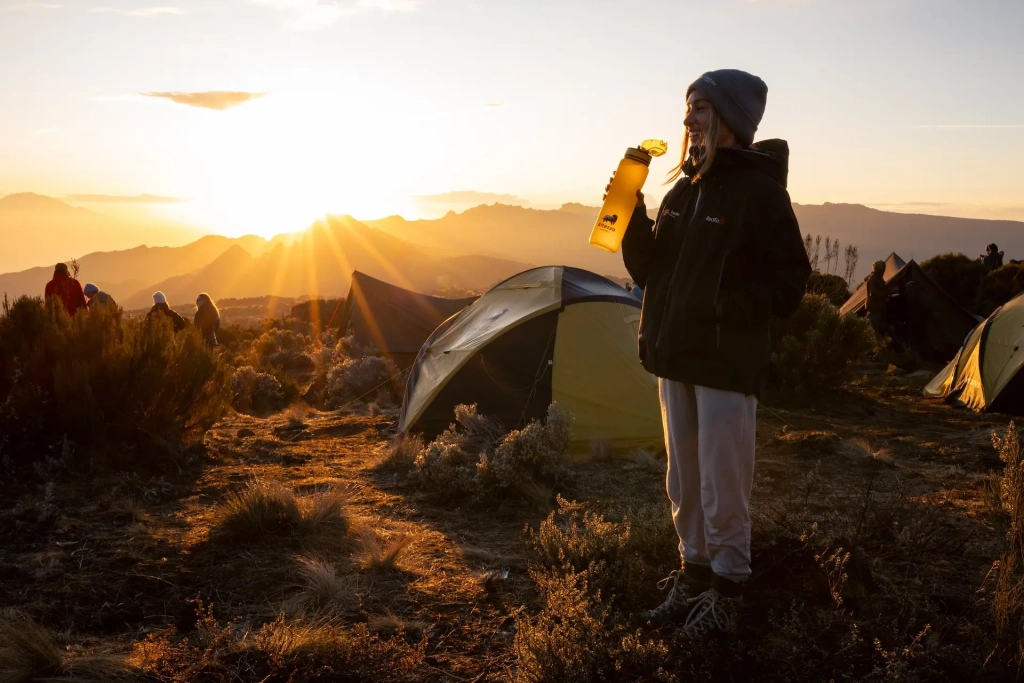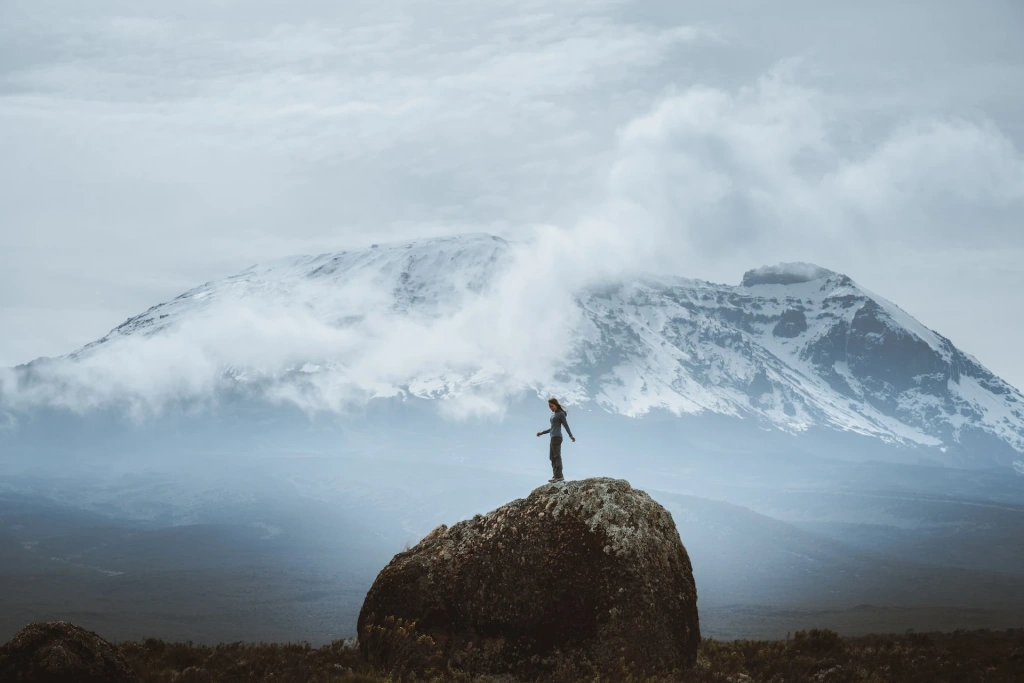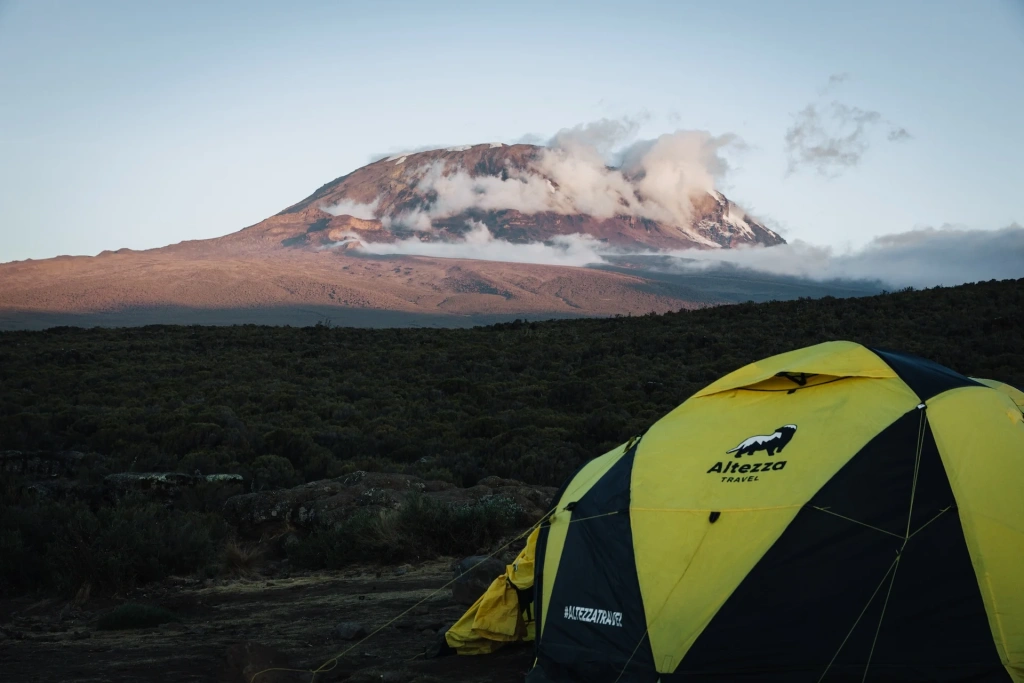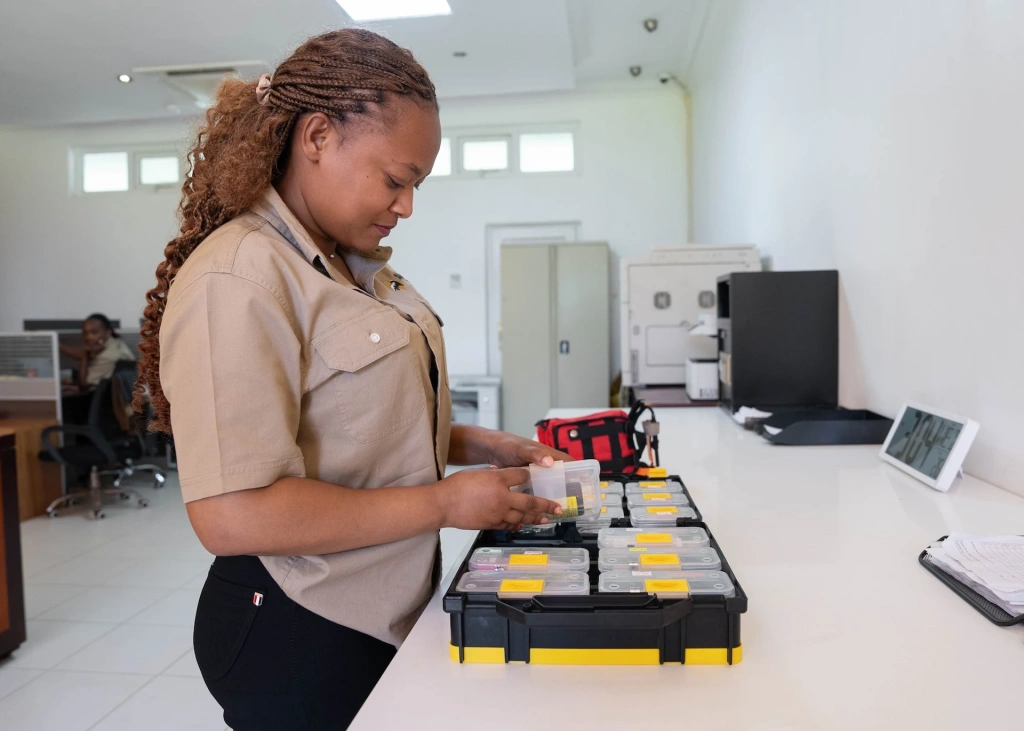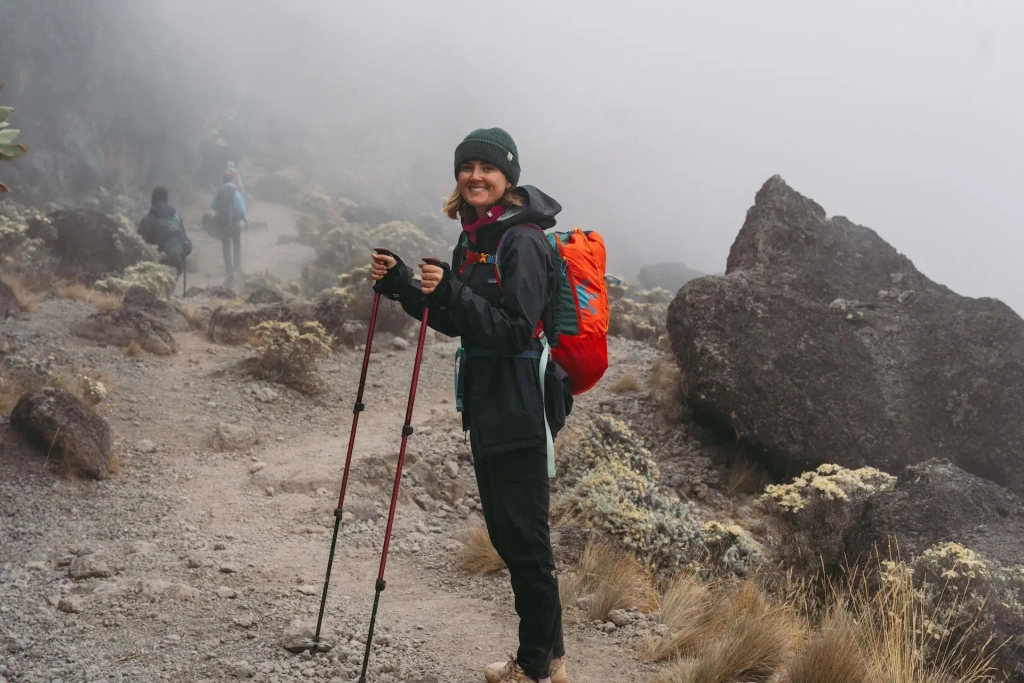For a long time, high-altitude expeditions were associated exclusively with male strength and endurance. But that perception is in the past: now, women not only conquer the highest mountains on the planet but also help others do so by working as professional porters and guides. Today, Kilimanjaro, the highest mountain in Africa at 5,895 meters (19,341 feet), is an example of how gender boundaries in a traditionally “male” profession are being erased.
Women on Kilimanjaro: context
The first woman to climb Kilimanjaro did so in 1927. At that time, a young 22-year-old Australian, Sheila MacDonald, became the first woman to reach Uhuru Peak, the mountain’s highest point. Back then, the peak was still named after German Emperor Wilhelm II. Her climb caused a sensation: it was widely believed that such physical challenges were possible only for men.
Since then, the number of women climbing the “Roof of Africa” has steadily increased. By the mid-20th century, they were already taking part in numerous expeditions, and by the 21st century, they had become an integral part of high-altitude tourism.
But the story is different when it comes to integrating women into mountain support teams. According to Equality in Tourism, an organization advocating gender equality in the industry, the first female porters appeared on the mountain in 1995. At that time, however, these were isolated cases.
Today, the situation has changed. Women are present not only in roles such as cooks or support staff but also as professional guides responsible for the comfort and safety of climbers.
Why do women choose to work in the mountains?
“For many Tanzanian women, working on Kilimanjaro offers an opportunity to build a career and support their families. This is especially important given the high number of single mothers in the country, persistent gender inequality, and distorted social norms. Men often remain unemployed or simply refuse to take a job. Women are forced to take responsibility. Compared to grueling farm work or low-paid jobs in cities, the profession of porter or guide is much more promising and profitable,” explains Dmitry, head of the climbing department at Altezza Travel.
Responsible tour operators who are KPAP members pay salaries several times higher than plantation wages. In addition, mountain work offers another benefit — tips.
Beyond finances, there is also a psychological aspect. A female porter or guide becomes a role model for others: she breaks stereotypes and opens new career paths.
How a women’s support team is formed
Despite the traditional belief that guiding or porter work is too difficult for women, there are no objective limitations. The only requirements are physical endurance and the willingness to work in harsh weather conditions.
A career on Kilimanjaro develops step by step. A newcomer first works as a porter, at least for one year. During this time, she not only tests her own strength and endurance but also learns the specifics of working within a support team. Afterward, she can receive training and try herself as an assistant guide. In this role, she helps set up camp, communicate with climbers, and monitor their safety. After several years as an assistant, she can apply to become a guide.
“For women, this path is no different. Many companies, including Altezza Travel, are interested in supporting female teams. It is not only a question of equality but also a way to improve service levels. Some female travelers want to climb only in women’s groups, and such teams are an excellent solution,” explains Dmitry.
A new format on Kilimanjaro: women’s expeditions with Altezza Travel
According to Dmitry, the idea of organizing women’s tours emerged naturally, since about 50 women already work in Altezza Travel’s mountain teams. At some point, it became clear that the time had come to offer a format where every participant — from climbers to guides and porters — would be a woman. This gives those who feel hesitant about joining mixed groups the chance to climb in an environment where they feel entirely safe and comfortable.
“We do not question the reasons behind such concerns — everyone has their own background that may bring doubts or discomfort. What matters is this: regardless of the team’s gender composition, all participants in Altezza Travel expeditions can always feel secure.”
Women-Only Climbs are not an artificial response to a global trend. For Altezza Travel, this is a meaningful initiative that addresses several key goals simultaneously.
- Comfort and safety. These expeditions allow some women to feel more confident. For many, the main barrier to attempting Kilimanjaro is psychological rather than physical. In a women-only team, participants can fully concentrate on the climb.
- Support for the local community. Every woman’s expedition creates demand for skilled female staff — guides, porters, cooks, and assistants. This not only generates new jobs but also provides real opportunities for professional growth.
- Contribution to gender equality. The Women-Only Climbs format demonstrates that female teams are in no way inferior to male ones in either training or service quality. Seeing women in key roles encourages others to take part in high-altitude expeditions and pursue careers in the tourism industry.
From an organizational perspective, there are no compromises. All expeditions follow the same safety, nutrition, acclimatization, and logistics standards. The only difference is the all-female environment, which creates a comfortable and supportive atmosphere for all participants.
All content on Altezza Travel is created with expert insights and thorough research, in line with our Editorial Policy.
Want to know more about Tanzania adventures?
Get in touch with our team! We've explored all the top destinations across Tanzania. Our Kilimanjaro-based adventure consultants are ready to share tips and help you plan your unforgettable journey.















